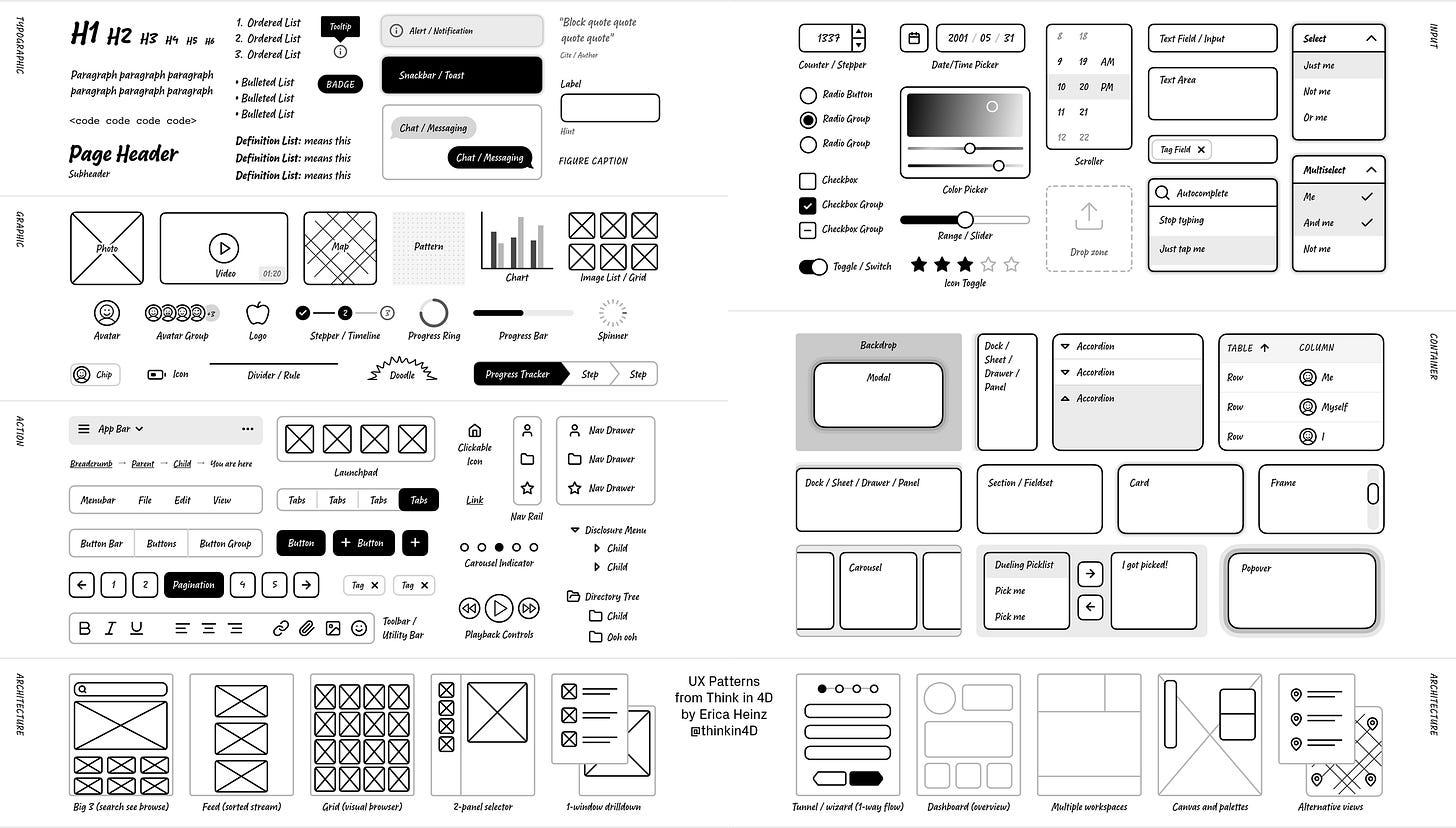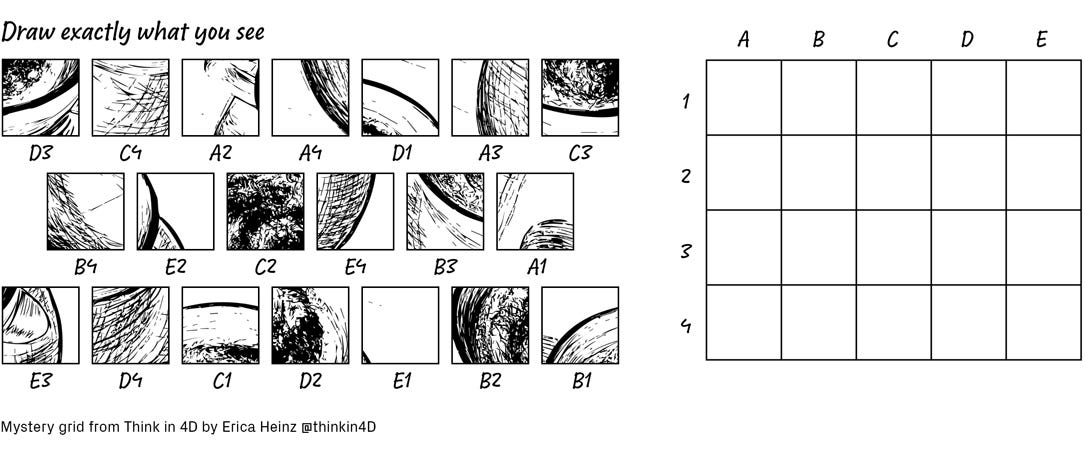It’s hard to picture the end-game of renewables’ full takeover of the energy sector—but it will happen. Wind and solar both have their shortcomings, but with the astonishing collapse of battery storage costs over the past decade, intermittency is no longer an issue. Hydro works well in many places, but even where it’s dry, a new generation of geothermal power is coming to provide baseload power and district heating from the Gobi Desert to Antarctica. By the time nuclear fusion arrives, we won’t need it; fusion is fundamentally centralized anyway, and renewables are pushing us to decentralize our grids—to decouple them from big, centralized baseload sources. Fusion will be an awkward partner in this mix.
It’s even harder to imagine what the world will look like when precision fermentation comes into its own. We already have Solein, and precision-fermentation replacements for milk and cheese. Solein in particular, with its promise of providing food anywhere that electricity is available (which is now everywhere, see the above paragraph) points towards a future where a minimum of nutrition can be guaranteed in almost any nation on Earth.
Combine just these two trends—cheap power anywhere, and basic nutrition anywhere—and what does this revolutionary future look like?
The Metabolic Floor
The world already produces enough food for everyone, and climate change is not going to change this. (If even the smallest African village has its own solar-powered Solein plant, drought and ecosystem collapse impacts will be strongly reduced; projections of famine based on climate change assume that our food system will not evolve, but it will and it is.) Right now, true production‑side scarcity still occurs due to droughts, wildfires, and the collapse of fisheries, but it is usually localized (e.g., a failed harvest in a remote valley) and quickly mitigated by international trade—provided that trade routes remain open and purchasing power exists. It’s when those conditions break down that the scarcity becomes effective rather than physical. The current famines in the Middle East and Sudan are instances of the weaponization of food access—not actual scarcity.
Taking our notional African village as an example, we can imagine a near-future system of fully distributed energy and basic nutrition. Imagine how hard it would be to track down and destroy every solar panel and satellite dish in a region thousands of kilometers in extent, and then imagine that each of those panels is powering a small family- or neighbourhood-sized precision fermentation vat. It will be possible, but difficult, to generate famine except when one has complete control over a geographic area, and many regions are simply too large to be policed in this way.
Considering that solar panels and LED lights can last for decades, then as long as communities have access to the additional mix of minerals that go into the feedstock for Solein or comparable photosynthesizing microbes (these additives being the only major source of potential scarcity now) then a community can be physically isolated for years but remain alive, connected to the web and with all the lights on.
What I’m describing here is a form of New Medievalism. Even a couple of years ago I would not have considered it a likely outcome in the near future; but times have changed, and quickly. It has its upsides and downsides, but in either case this is a very different picture of the world our children will have to live in.
Imagine renewables everywhere and inland bioreactors feeding millions, the provision of those two services being a basic subsistence layer of civilization that is automated, boring, and reliable. They are the basis for meeting the fundamental needs of your citizens. Together they form what I’m calling a “metabolic floor”—a stable, low-growth infrastructure that keeps societies lit, fed, hydrated, and warm. Unlike traditional subsistence economies, this floor is industrial, modular, and scalable.
Once a nation crosses the threshold into metabolic self-sufficiency, its vulnerability to global shocks collapses, and its political imagination broadens. But different countries cross this threshold in radically different ways.
Post-Scarcity Does Not Mean Post-Politics
The European Union could become the first major example of what metabolic integration looks like. Under the unexpected pressure of the Russian invasion of Ukraine, European states have accelerated their transition to energy independence. Offshore wind grids, cross-border HVDC links, and a coordinated climate policy create a continental metabolic commons. Solein is a Finnish invention, ready to provide the protein component of the metabolic floor if needed. The more self-sufficient the infrastructure becomes, the more viable integration will feel. In this case, metabolic security can encourage political cohesion rather than fragmentation.
Russia represents a very different pathway. Instead of using energy independence to integrate, it’s been doubling down on autarky, nationalism, and territorial aggression. Hydro, nuclear, and domestic gas have given Moscow its own version of a metabolic floor, but one that is used as insulation rather than as a platform for cooperation. The parallel wars in Ukraine and other regions demonstrate that metabolic independence doesn’t pacify states. It frees them to pursue the particular politics they already favored. Europe integrates; Russia isolates and expands.
Uruguay offers a third path—one that is neither imperial nor integrationist. The country is closing rapidly on 100% renewable energy use. It’s agriculturally independent as well. Uruguay might become the prototype of a small, steady-state, quietly prosperous, locally anchored society. Ironically, it (like Canada and Norway) is aggressively pursuing the export of fossil fuels as a cash crop. We can’t expect this to last, as the Carbon Bubble will pop soon and fossil fuels will cease to be a viable export market, likely within twenty years. For Uruguay the next decade gives it an opportunity to cash in on oil while building a sovereign wealth fund (similar to the UAE’s $2 trillion one) that it can use to invest and attract business and commodities it needs.
So metabolic independence can support small democracies and middle powers, and opens the door to prosperity that need not be growth-oriented.
No Single Narrative
Metabolic independence, if it occurs, doesn’t lead to a uniform zero-growth world. Once every region can feed and power itself, the world stops being a single economic game and becomes a mosaic of metabolic regimes—some cooperative, some predatory, some isolationist, some experimental. When we talk about this possible regime, we’re no longer in the business of predicting a future, we are mapping a branching space of possible futures that’s already emerging in front of us.
When the fundamentals are fully localized, geopolitics stops converging and starts diversifying.
In other words, we’re not facing Utopia or Dystopia, but both, overlaid, combined and recombined, rebranded and executed differently, in bewildering ways, across a future world both fragmented and tightly integrated by information, trade, and a planetary commons of ecological limits and tipping-points.
This brand of New Medievalism might serve as an amplifier of cultural, historical, and political differences, rather than the stabilizer that Globalism provided. Metabolic independence won’t eliminate geopolitical competition—it will redirect it toward minerals, knowledge, ecological sinks, and symbolic power. Some regions may slip below the metabolic floor due to climate damage or political mismanagement, creating islands of instability in an otherwise self-sufficient world. The result is not global collapse but uneven resilience—an archipelago world where safe and unsafe zones coexist, and where the moral burden of abundance becomes harder to ignore.
We may be entering an era when where the fundamentals of life are locally secured while the higher-order complexities of culture, governance, and identity diversify beyond anything the twentieth century predicted. This is the invitation hidden in the energy transition—a chance to embrace regional plurality without giving up global responsibility.
We’re already charting a clear path in Canada—though the new budget of the Carney government is a curious mix of visionary and arch-conservative, it does point the way towards a more self-sufficient future for my country.
Your task is to imagine what your region’s metabolic future could look like. How might your city, state, or nation contribute to a world defined not by scarcity but by a metabolic floor that supports and encourages diversity and independence?
—K




